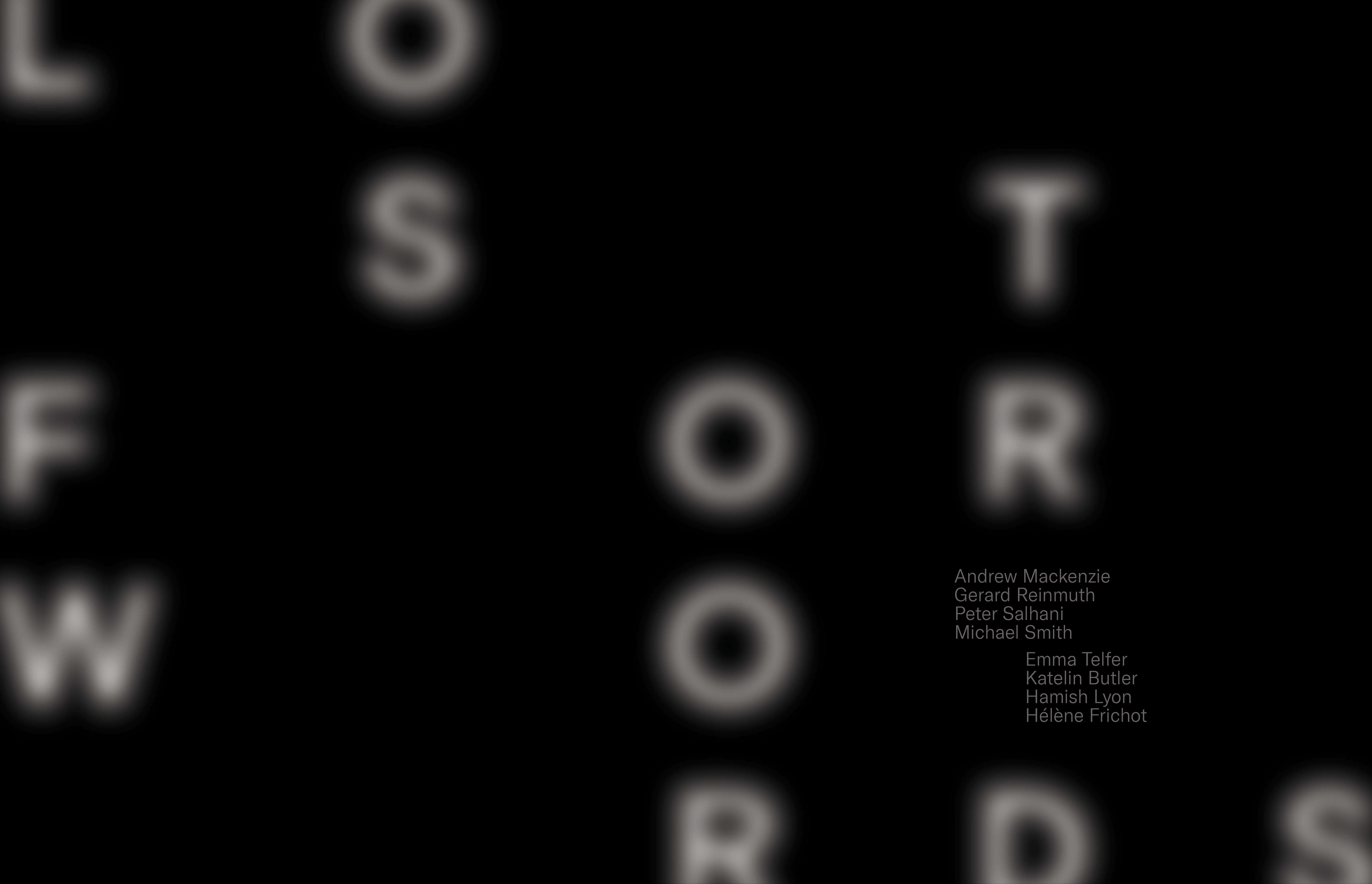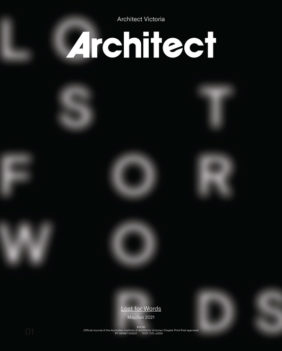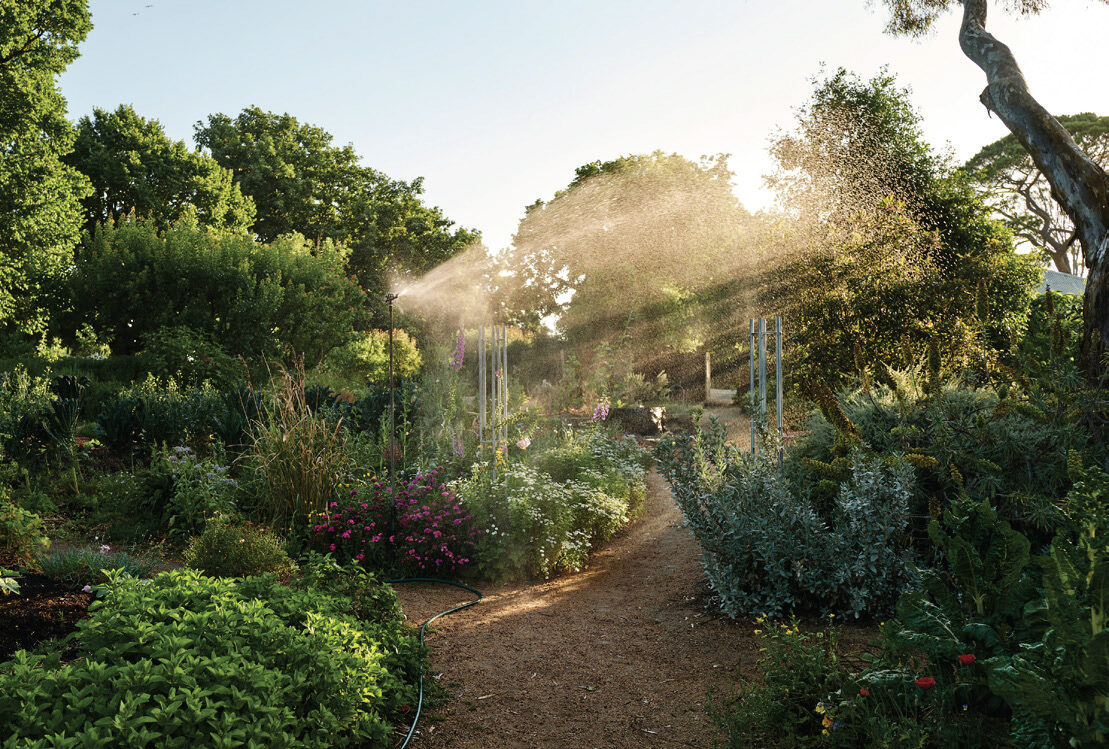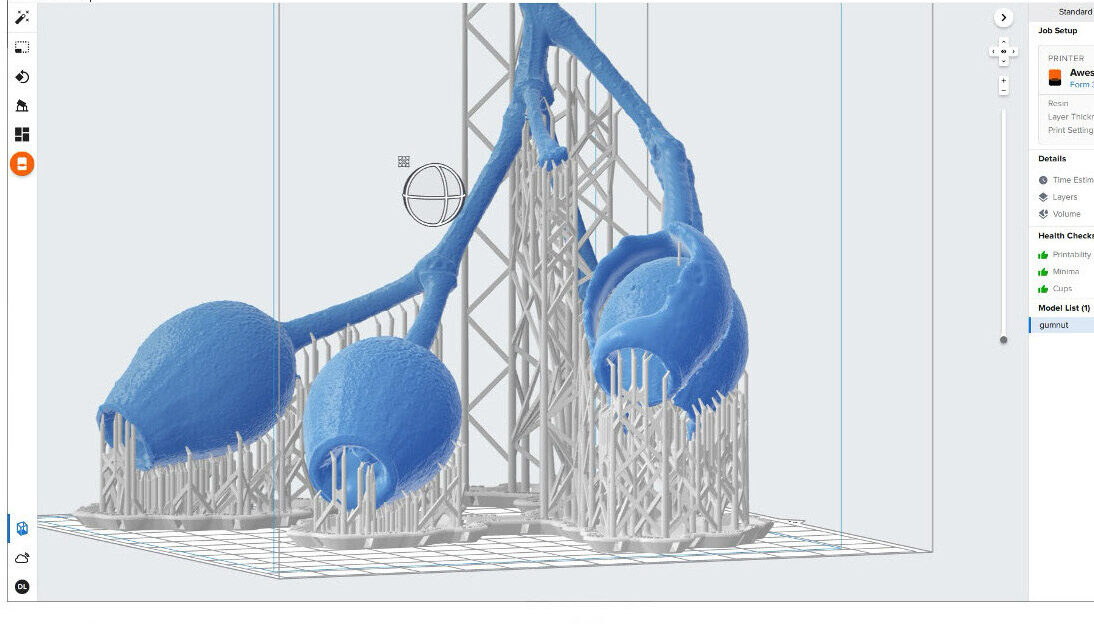
Lastly, in the Study of his Art I would have him follow the Example of those that apply themselves to Letters.
Leon Batista Alberti
The Renaissance gave birth to a period of immense growth in the fields of arts, science and the humanities. It was an especially good time for architecture, as a rediscovery of the art and architecture of ancient Rome and Greece brought with it a new sense of order, light and space to Italian architecture.
Morphing over time into Mannerism, Baroque, Palladianism and Neo-classicism, it radiated out from Italy into France and England, Russia and across Scandinavia, and eventually all the way to the Americas. Over time a palate of columns and pilasters, domes and vaults became the quintessential language of public, ceremonial and civic architecture across half the world. What explains the immense impact of classical architecture across the world? How did it travel across borders and climates, to propagate with such apparent ease? The answer to these questions, at least in part, is the printing press.
The reproducible book helped make this early form of cultural globalisation possible. It translated and then seeded ancient built form into the modern world of architecture. In the process it was also the medium through which the scattered miscellany of pre-modern building, drafting and making things stand up was formulated, codified and shared across the world. In doing so the book laid the foundations for what would become a profession.
Leon Battista Alberti is considered to have written the first ever printed book on architecture in 1452. However, De re aedificatoria owed a significant debt to a book written fourteen hundred years before, for which we should thank the Florentine scholar Poggio Bracciolini. Around 1414 he ‘discovered’ several manuscripts of Vitruvius’s De Architectura, collecting dust in monastic libraries across Europe. He spent the rest of his life promoting the book relentlessly.
Antonio Filarete, another disciple of Vitruvius, may not have written the first printed book on architecture, but he is widely considered to have written the first polemical treatise. Inspired by Vitruvian principles Libro Architecttonico (1646) detailed not only how to design the ideal building, but also the ideal city, which he named Sforzinda. His was not simply a ‘how to’ book of materials, construction and planning. It was a book of fierce ideology, as he railed against the ‘barbarous modern style’ of Gothic Architecture of northern Italy. Architectural criticism’s first moment of blood sport you might say.
As the influence of the printing press on all areas of knowledge spread, so did the books on architecture. Sebastiano Serlio’s General Rules of Architecture was published in 1537. Andrea Palladio’s book The Four Books On Architecture was published in 1570. Vincenzo Scamozzi’s L’idea dell’architettura universal was published in 1615. While the latter’s work as an architect is now little known his book helped cement his reputation as among “the intellectual father(s) of neo-classicism”, according to Rudolf Wittkower.
I could go on. De re aedificatoria, and the books that followed it, literally defined the principles and proportions of government buildings, galleries, court houses, palaces, cathedrals, opera houses and country manors for centuries to come. They contained detailed examples of ancient case studies and listed variations to different building parts, with advice on construction, process and materials. They were also very popular. Popular non-fiction, you might say, if only you could believe a word that Alberti wrote (Carpo, 2001).
This little snapshot of the early days of architectural publishing should make it clear that words and architecture have been indivisible for centuries. How we understand architecture, how we share its values and how architecture is situated within our changing world, is literally unthinkable without the written word.
Wherever there was an architecture movement, there was a scribe (or a legion of them) to help define it, shape it, share it, sell it. The Arts and Crafts had Ruskin, Bauhaus had Gropius, Brutalism had Banham and Critical regionalism had Frampton. Parametricism?… well I might skip that one.
Most of the greatest books on architecture were written by architects, many of whom were at the very apogee of their careers when their canonical texts were written. What would we really know, after all, about modern architecture without the writing of Wright, Rossi and Corbusier? And who would have thought that 600 years after De re aedificatoria, Robert Venturi’s Complexity and Contradiction would make columns great again.
Now, look around. Who plays that role today? How would their ideas be shared? Who would contest them, and thereby make them stronger? If there were answers to these questions, who would be the audience/s for it?
Unless you’ve been living under a rock, connected to the world via a HP 920 fax machine, you will have noticed that the world of publishing, printing and communication has been utterly and radically transformed, from niche industry journals to popular glossy magazines. Consider for example, the global magazine behemoth Bauer Media Australia. Last year it announced the closure of a raft of its premium mastheads, having seen its pre-tax earnings shrink from $248 million a decade before to an estimated $5 million last year (Meade, 2020). More are sure to follow.
Within niche design publishing this trend began almost two decades ago, around the time I first took over as editor of Architecture Review Australia. In the intervening years mastheads have disappeared or significantly slimmed, while editorial budgets have been slashed. Twenty years ago, I commissioned writers for 50 cents per word. Today 50 cents per word is aspirational. Many publishers demand writers to work for free, pitched to the author as a step on their long precarious path to a paying gig, sometime.
With the exception of a few resilient examples, publishing standards have fallen through the floor. Criticism has given way to opinions, interspersed with product releases regurgitated as native content. How quaint a footnote in publishing history it now seems, that advertorials were once required, as a code or practice, to be branded as promotional content.
The current beggared state of affairs can hardly be surprising, now that everything’s free. Why buy a book or magazine when there are 130 000,000,000,000 pages of content on Google? This collapse in retail revenue, along with the migration of display advertising revenue to big tech platforms, has forced many niche publishers to hitch their revenue wagons to the canapé train of experience marketing. An expanding spectrum of awards, forums, product launches and speaker tours have created a new subsistence business model, with vendors given paid access to shark among a publisher’s invited readers.
Closer to home for this author, the closure of specialist bookshops like Architext in Melbourne and Sydney in 2017 have been sad to see. More recently, the closure of the Architect’s Bookshop in 2020, launched with tremendous enthusiasm, energy and commitment by Adam Haddow, was a heavy blow for the Sydney architecture community. It simply could not be sustained.
Taken together, things are not good in the niche world of specialist design publishing. Yet there are also great challenges within academia, and how new knowledge and architectural research is shared, beyond its institutional boundaries. To be blunt, it isn’t.
By a miracle of neo-liberal free-market forces, most academic research is undertaken, written up and peer reviewed at the expense of the taxpaying public, at which point it is published (ergo locked up) on a privately owned platform, behind a paywall that charges more to download a single essay than a year’s subscription to Netflix. No wonder the public watched blithely last year as universities hit the wall. Most people have no idea what they do. End products come and go – bluetooth, microwave ovens, construction technology and design software – magically produced by the market, without any evidence of the painstaking research and theoretical development that was most likely powered by ideas formed within academia (Mazzucato, 2018).
Meanwhile the seemingly endless stream of product-sponsored home renovation shows has had, for the most part, a deleterious effect on the general public’s understanding of what architecture is. Who cares about urban context, natural light or enhancing our lives, when architecture’s sole role would seem to be in service of increasing a property’s resale value. As if Australia’s house prices need any further pump priming.
Against this challenging background, Lost for words is a moment to take stock. In attempting to do so, I am enormously indebted to those who have contributed to this issue of Architect Victoria, and who have shared their experiences. Each in their own way have a life-long commitment to sharing their appreciation of architecture through words, talking to the profession and to the academy, as well as to that often-forgotten species, the general public.
I have intentionally framed this theme against the present moment, because I do not believe we are sufficiently alive to what is at stake, right now. Things are, I believe, in a perilous state. However, it would be remiss not to speculate, momentarily, on a possible future. A future with some hope.
Firstly, and most profoundly, the events of the last year have shaken the foundations of a free-market neo-liberalism that only recently appeared unassailable. In the wake of a spirited collective defence of the common good, perhaps there is an opportunity for our buildings and our cities to be understood as more than transactional assets. Such a return to the social purpose of architecture needs and demands advocacy, through words, argument, discussion and debate. There is an appetite for this, but it requires the support of a reinvigorated public sector. Through education, cultural programs, events, exhibitions books, journals and digital forms, a new understanding of our built environment as a collective responsibility, is possible.
Secondly, as much as technology can create cane toads like Amazon, it can also be inherently democratic. Anyone can be a publisher now. Ideas can be shared easier and cheaper than ever before. But it is hugely disaggregated. What is missing is a collective publishing and distribution ecology that can help organise and filter ideas. If we think of the big tech giants as vast highways of information, what we also need are the small, connecting roads, back lanes and fine-grain connections that bring richness to our daily life.
Thankfully, if we look to the parallel publishing world of news and current affairs, there is hope in the growth of small independent mastheads. Crikey, The Saturday Paper, The New Daily, New Matilda, the Guardian and Michael West Media are just some titles that have seen healthy growth, in both audiences and subscriptions. People will pay for quality news journalism, so why not in the fields of design and architecture?
The future may hold promise, yet right now there is now something akin to a crisis slowly unfolding, as words are ever-more devalued, degraded and distrusted. You may observe, with some irony, that this apparent crisis is communicated in the form of a magazine. Yet such opportunities to share our thoughts, learn from each other and discuss the things that matter, in a thoughtful, deliberate and generous way, are shrinking. We should treasure such avenues, in whatever format, shape, platform or mode they exist, as if they carry in them the future of architecture. I would argue, they do.
Words helped breathe life into architecture, as both a discipline and a profession, 600 hundred years ago. They have been architecture’s constant companion ever since. We must continue to value that symbiotic relationship, or watch the life drain from both.
Notes
Alberti, Leon Battista. De re aedificatoria. On the art of building in ten books. Cambridge, Mass: MIT Press, 1988.
Wittkower, Rudolf. Vincenzo Scamozzi. London, The Burlington Magazine, 1953.
Carpo, Mario. Architecture in the age of printing: orality, writing, typography, and printed images in the history of architectural theory. Cambridge, Mass. MIT Press. 2001.
Meade, Amanda. ‘Australia’s magazine industry in crisis as Bauer Media folds seven titles’, The Guardian May 2020
Mazzucato, Mariana. The Value of Everything: Making and Taking in the Global Economy. London. Allen Lane. 2018.
Andrew Mackenzie is the Founding Director of CityLab and Co-Director of Uro Publications. He has advised on competitions in every state in Australia, assisting both local and state government, as well as universities, corporations and development authorities. He is an architectural writer and columnist, and was a Creative Director of the Australian Institute of Architects 2015 National Architecture Conference.



